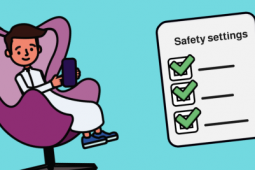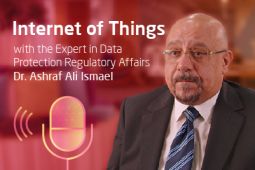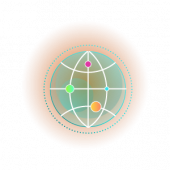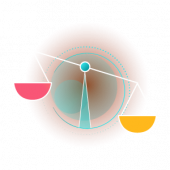Do I know how the devices around me are connected?
Augmented Reality and Virtual Reality in Education
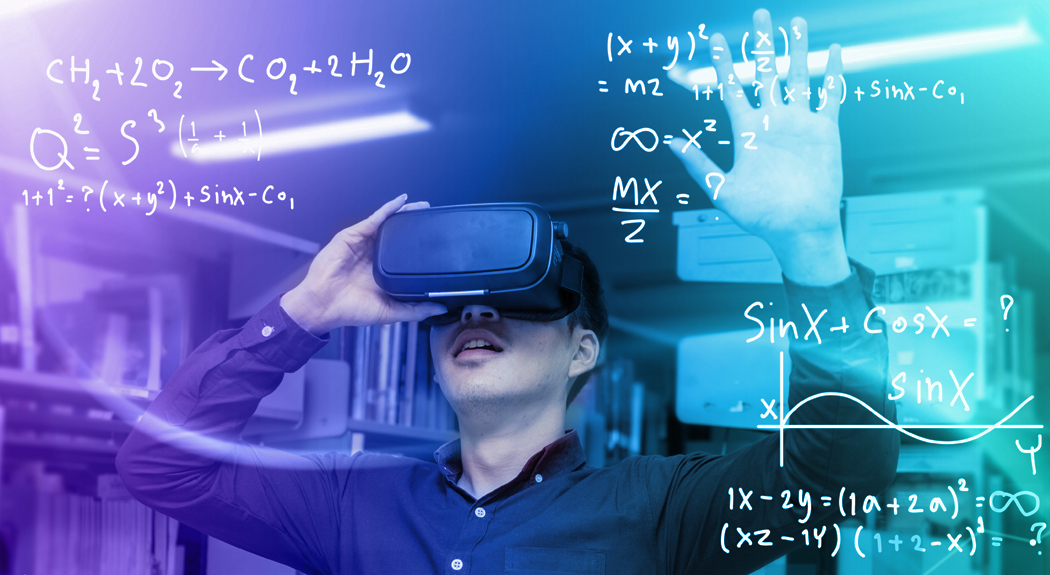
If you are a teacher constantly looking after innovative methods to engage your students and inspire their love for education, this article is for you, because we are about to discuss the next breakthrough in interactive learning.
After the debate of “think outside the book” has led us to the use of computer technology in classrooms, a higher level of technology introduces today two innovations into the field of education: Virtual Reality (VR) and Augmented Reality (AR).
What is Virtual Reality (VR)?
It is creating a whole simulated environment through computer technology where users can interact with 3D objects while engaging their senses of vision, hearing, touch, and even smell.
What is Augmented Reality (AR)?
It is a technology that augments our physical world by adding layers of computer-generated information – e.g. sounds, videos, graphics – to the objects we see around us. Unlike VR, AR does not create an entirely artificial environment but rather builds on an already existing one.
What are the benefits and challenges of using VR & AR in education?
As technology expands its presence in the lives of young learners, be it through video games or tablet entertainment, it is a net positive for such technologies to be included in their learning experiences too. This is obviously supported by statistical findings that estimate the interest of 97% of students to be in VR learning, and predict education to be the fourth biggest sector for VR investments.
But before embedding VR & AR technologies into our learning environments, let’s first explore the benefits and challenges of doing that.
Benefits:
- Immersive Learning Experiences: By teaching through VR & AR, you tick the boxes to different learning styles. Some students understand better when they see things (visual learners); some when they listen about them (auditory learners); and others when they touch and move around them (tactile learners). In this sense, using VR & AR technologies in education caters to all the above learning preferences and helps students retain information better.
- Higher Student Engagement: The excitement created by VR & AR techniques boosts students’ desire to learn, and makes educational materials more viral among their conversations. They feel excited to share their positive learning experiences with classmates and family members, especially that they witness an innovative technology still not widely available or affordable to everyone. An example is what CASE tech company did by using AR technology to transform a plain wall into a fun ball game that challenged students to hit floating shapes.
- More Teaching Possibilities: Complex or dry topics are no longer a challenge. Thanks to rich VR & AR resources, you can now take your students beyond physical limitations to explore geographical monuments or body anatomy for example. You can also teach them about natural disasters from the safety of the classroom environment.
- Unique Development Opportunities: VR & AR promise great results in the education of children with special needs. A famous example is Jullia Suhyoung Lim who developed an AR simulation game to help autistic students build social interaction skills.
Challenges:
- Need for Supportive Infrastructure: For optimal results, networks at educational institutions should be strong enough to support the speed of streaming VR & AR materials, noting that some providers offer content that doesn’t require an internet connection.
- Privacy Issues in Question: The use of VR & AR technologies registers sensitive data such as eye-tracking, facial recognition, and other biometric details that one wouldn’t want to share voluntarily. This is why appropriate precautions should be taken, in terms of viewing the data protection behaviour of every software, hardware, and content provider.
- Health & Safety Concerns: The physical effects of using VR & AR technologies aren’t always good news. Their immersive nature can cause a variety of inconveniences such as eye strain, nausea, radiation exposures, and sometimes anxiety when content engages emotions more than it should.
- Addiction to the Virtual World: We are already struggling with screen addiction and cannot afford a new form of attachment to virtual experiences. Despite the great learning opportunities, artificial input can affect a student’s social skills, especially that such experiences are usually programmed, making students more passive than critical-thinking users.
How to use VR & AR effectively in your classrooms?
To get the best of both worlds, real and artificial, teachers are advised to keep a balance between advanced and conventional learning, through:
- Being Selective About Using Technology: Make a planned decision regarding the topics you will introduce to your students via artificial technology. Restrict its use to complex or technical subjects that aren’t very easy to grasp with conventional learning methods.
- Providing Supplementary Learning Materials: Whenever artificial technology is involved, make sure to provide your students with additional resources that maximize their learning outcomes. For example, run group discussions, Q&A sessions, drop quizzes, and worksheets to align VR & AR courses with the highest standards of content.
- Focusing on the Exclusivity of Experiences: Invest in the flexibility of time and space to create more memorable lessons. For example, use VR & AR to travel to times that can no longer be experienced, as the theater of one of the two world wars or an ancient era such as the Stone Age. This also applies to geographical locations, as VR can recreate locations that aren’t accessible, such as the Amazon rainforest or the planet of Mars.
- Expanding to Different Areas and Skills: Don’t limit the use of artificial reality technologies to a certain set of subjects, but consider its potential in any subject you approach. For example, explore how the immersive nature of VR & AR can help expand students’ creative writing skills or presentation skills, independent learning, problem-solving, and other academic skills and assets covered by more than one school subject.
VR & AR are becoming less of futuristic dreams, and are now feasible tools with a great inherent potential for the advancement of education. However, while they provide many learning benefits, their appropriate and safe use demands a set of considerations for interactive and effective learning by everyone.
@2x.png)


